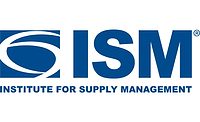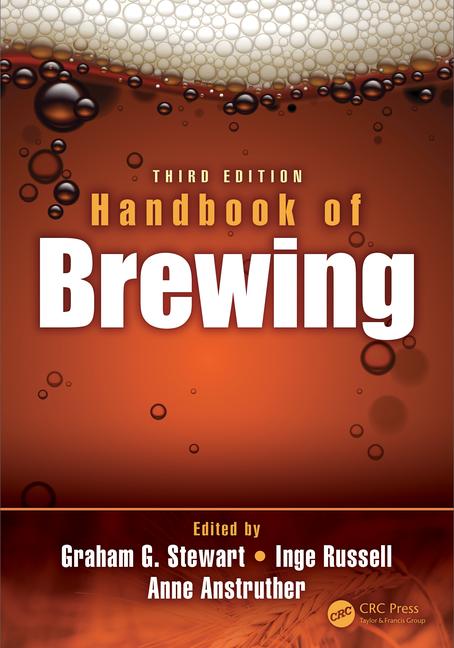Leveraging supply chain processes
SCOR model helps achieve business goals



(Image courtesy of SLG)



Imagine if you could make changes to your organization that would equate to 2-6 percent of your company’s revenue in just two to four months. A thorough analysis of your supply chain processes will likely give you that opportunity.
By using the Supply Chain Operations Reference (SCOR) model as a diagnostic tool, you can measure supply chain performance, identify priorities for improvement, and bring strategic structure to your planning process. In doing so, many companies have been able to increase efficiency, reduce cost and improve service levels. That gives them a vital edge in today’s competitive marketplace.
What is SCOR?
Developed by the Supply Chain Council (supply-chain.org), the SCOR model provides a framework that links business processes, metrics, best practices and technology features to improve the effectiveness of supply chain management.
Using the SCOR model allows companies to assess their supply chain performance, identify critical performance gaps, and develop processes for aligning supply chain practices with business goals.
Defining supply chains
A supply chain is made up of a set of integrated processes working together to deliver products to customers — from the supplier’s supplier to the customer’s customer. It is a unique, identifiable combination of customers, products, suppliers, nodes and process capabilities that are managed as one.
A single company typically has multiple supply chains. Supply chain improvement depends on clearly defining all relevant supply chains and determining the right competitive strategy for each one.
To determine the number of supply chains in play, you need to look at each step your product takes along the supply chain. Consider the number of product families, sourcing strategies, sales channels, etc. Identifying these variables and grouping them according to expectations, needs and priorities can help you to better understand each of your supply chains (see Figure 1).
Supply chain strategy
Once supply chains are defined, it is important to understand the competitive strategy for each.
SCOR provides a simple way to accomplish this. Within the model, five performance attributes have been identified that, taken together, provide a balanced measure of supply chain performance:
1. Delivery reliability: On-time, complete and correct delivery
2. Responsiveness: Speed in meeting customer requirements
3. Flexibility: Ability to adapt in response to market changes
4. Cost: Cost associated with operating the supply chain
5. Inventory management: Effectiveness in managing inventory and assets
To help prioritize, a simple grid can be created in which each column represents one of the supply chains, and rows are labeled with the performance attributes. For each supply chain, ask the following:
- For which single performance attribute is it most important to achieve “Superior” (S) performance (90th percentile) relative to competitors?
- For which one to two performance attributes is it most important to achieve “Advantage” (A) performance (75th percentile) relative to competitors?
- Label the remaining two to three attributes with “P” for parity, meaning that it is OK to perform at parity (median) relative to competitors.
Performance measurement
Once all supply chains have been defined and the strategy is determined, it is important to measure the performance of each supply chain and compare to benchmark data collected from comparable businesses. At least one metric should be identified for each of the five attributes and measured with a “SCORcard.” When comparing actual performance to targets, performance gaps can be quickly identified.
With the SCORcard in hand, start by identifying the gaps that are easiest to fix and can deliver the greatest results — opportunities with the lowest risk and highest return. In today’s marketplace, there’s no time to waste making changes that have minimal impact. Be strategic and focus on critical areas for improvement. Quality methodologies like Lean and Six Sigma can help to guide the improvement process.
Keep in mind that priorities can change over time. It is important to evaluate your supply chain regularly to ensure optimal effectiveness. With careful analysis, effective measurement and strategic planning, your supply chain can deliver a competitive advantage for your business.
Looking for a reprint of this article?
From high-res PDFs to custom plaques, order your copy today!












